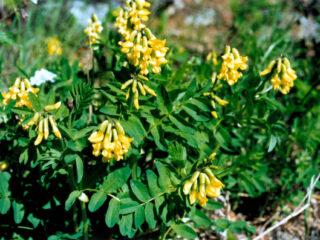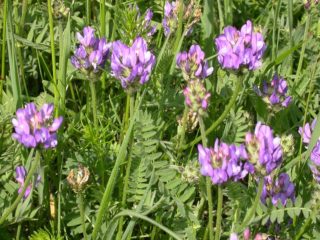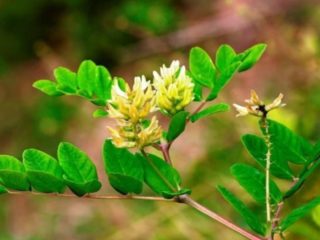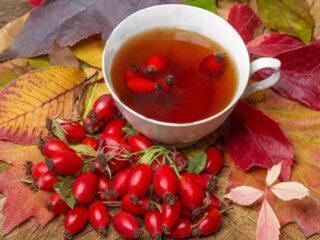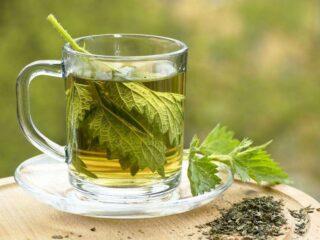Content
Astragalus sainfoin (Astragalus onobrychis) is a medicinal perennial herb that is used in folk medicine. The culture is a member of the legume family. The plant's medicinal properties help solve many health problems. But in order for astragalus sainfoin to really benefit, you need to first study its properties, the rules for collecting and storing raw materials, and also familiarize yourself with the existing contraindications.
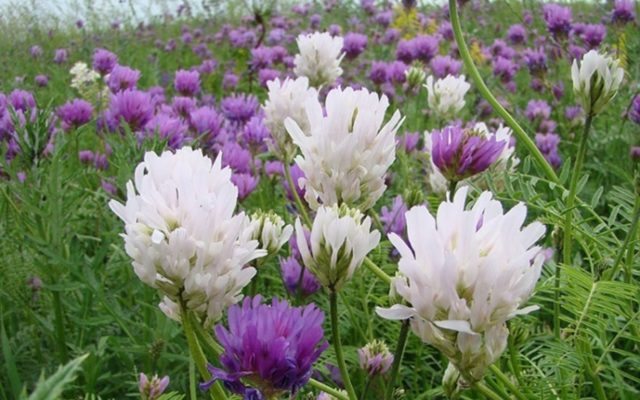
Astragalus is popularly called the "herb of life"
What does a plant look like
This culture is a herbaceous plant, the height of the shoots of which reaches 80 cm. The stems of the sainfoin astragalus extend from the main taproot, branching root. They are erect, branched. Shoots are strong, there is a small edge on their surface.
Astragalus sainfoin has compound leaves. They consist of oblong-linear narrow plates, in pairs attached to one common petiole. There can be from 6 to 17 such pairs. The surface of the plates is covered with a short edging.
Astragalus sainfoin inflorescences consist of a large number of unopened butterfly buds. Moreover, the flag petal is 2 times longer than the wings. Astragalus sainfoin flowers resemble red clover in appearance. The buds of the plant grow on the tops of long, bare peduncles that rise above the foliage. Corolla colors include various shades of purple, as well as white and cream tones. Initially, the bud is protected by sepals accreted at its base, which, when opened, diverge in different directions in the form of sharp-nosed teeth.
The fruits of the plant are triangular beans, the surface of which is densely pubescent. Inside each are small seeds, 1-1.5 mm in size, round-kidney-shaped, brown.
The flowering period for Astragalus sainfoin begins in late spring and lasts 3-4 weeks. And already in mid-July, fruits ripen on the plant.
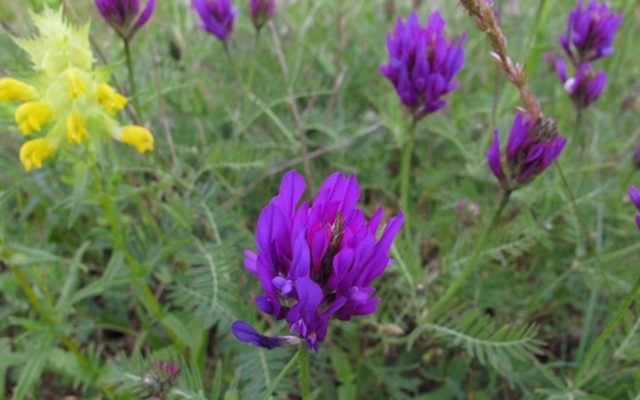
Astragalus flower size is 1-2 cm
Where grows
Astragalus sainfoin is widespread in Europe, in the Mediterranean, in the Caucasus, as well as in Central and Asia Minor. On the territory of Russia, the plant can be found in Western Siberia, as well as in Oryol, Ryazan, and Tula regions. It is also customary for the regions of the Saratov Right Bank.
This culture prefers to settle in the steppes, as well as in deciduous forests and mixed types.
Chemical composition
The leaves, shoots and flowers of Astragalus sainfoin have healing properties. This is due to the high content of useful components for human health in them.
The chemical composition of the plant includes:
- alkaloids;
- vitamin A, C, E;
- phytosterols;
- flavonoids;
- tannins;
- polysaccharides;
- glycosides;
- essential oils.
Medicinal properties and application in traditional medicine
The unique chemical composition of Astragalus sainfoin explains its healing properties for human health.
The plant has found application in the treatment of such diseases:
- psoriasis, eczema;
- hypertension;
- cardiovascular diseases;
- atherosclerosis;
- bronchial asthma;
- pathology of the digestive system;
- infertility;
- diabetes;
- gynecological diseases;
- renal failure;
- lung disease;
- swelling;
- rheumatism;
- colds.
Astragalus sainfoin helps to strengthen the immune system, improve overall well-being, and also speed up the recovery process after surgery.
The plant has the following properties:
- sedative;
- diuretic;
- hypotensive;
- immunostimulating;
- anti-inflammatory;
- tonic;
- pain relievers;
- antipyretic;
- expectorant.
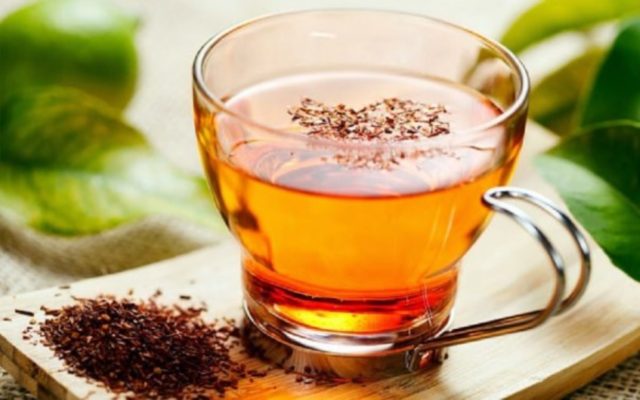
The herb helps to activate regenerative processes
Recipes for making folk remedies based on astragalus sainfoin:
- Infusion... Collection of herbs (30 g) pour boiling water (250 ml). Insist the mixture for 30 minutes, peel. Take 2 tbsp. l. three times a day before meals. The course of therapy is 10 days. The infusion is effective as a tonic and hemostatic agent.
- Decoction... Pour 30 g of the collection of plants with 250 ml of boiling water. Boil the mixture in a water bath for 15 minutes. Cool and add boiled water to the original volume. Take 50 ml three times a day for 1.5 months. This remedy is recommended for the prevention of hypertension, as a general tonic, as well as for heart diseases.
- Tincture. Pour the collection of plants into a glass container. Then pour the grass with vodka in a ratio of 1: 3, cover with a lid. Soak for 2 weeks in the dark, shaking the container occasionally. Clean at the end of cooking. Reception is carried out daily, 30 drops three times a day before meals. The course of treatment is 10 days, and then take a break for a week. The tincture is recommended for rheumatism, atherosclerosis.
- Tea... To prepare a healing drink, pour 1 tsp into the teapot. crushed leaves and shoots of Astragalus sainfoin. Pour the collection with 250 ml of boiling water, leave for 20 minutes. Take a drink twice a day, 100 ml. Tea helps relieve fatigue, normalize sleep, and increase stress resistance.
Astragalus sainfoin promotes the healing of wounds, abscesses, microcracks in the skin. Therefore, decoctions and infusion based on it can be used externally as compresses, and also used for washing.
Contraindications
When using astragalus sainfoin for medicinal purposes, it is necessary to first check the body for the tolerance of this component. To do this, you need to start taking with small doses. If after a day there are no signs of an allergic reaction, then it can be used.
The main contraindications:
- individual intolerance;
- pregnancy;
- lactation;
- age up to 14 years.
This plant has long been used to enhance contractions during childbirth. Therefore, it is strictly forbidden to use funds based on Astragalus sainfoin for pregnant women.
Collection and procurement
Healing raw materials can be harvested throughout the growing season. At the same time, it is necessary to avoid collecting astragalus sainfoin near roads on the sides, since the plant has the ability to accumulate harmful substances in the tissues.
Medical raw materials must first be thoroughly washed from dust and dirt. After that, spread out in a dark, dry room in one layer to dry. After that, the raw material must be crushed. Store Astragalus Esparcetus should be in linen bags or in a sealed glass container. In this case, the humidity should be low.
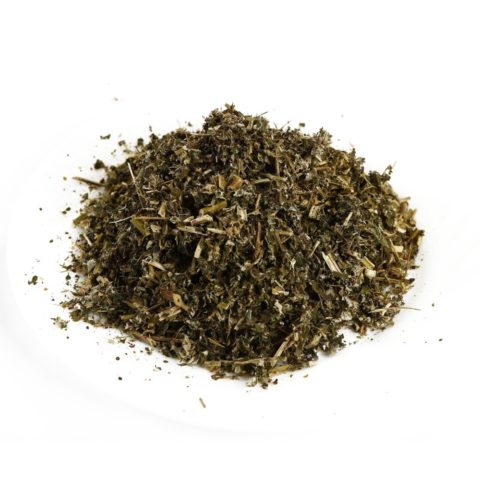
Shelf life of collection 1 year, subject to storage conditions
Conclusion
Astragalus sainfoin is not used in traditional medicine due to insufficient knowledge of its properties. But the herb has been widely used for the preparation of folk remedies since ancient times. In the old days, it was believed that dried bunches of plants, hung near the entrance to the house, reliably protected from diseases and improved the microclimate.
